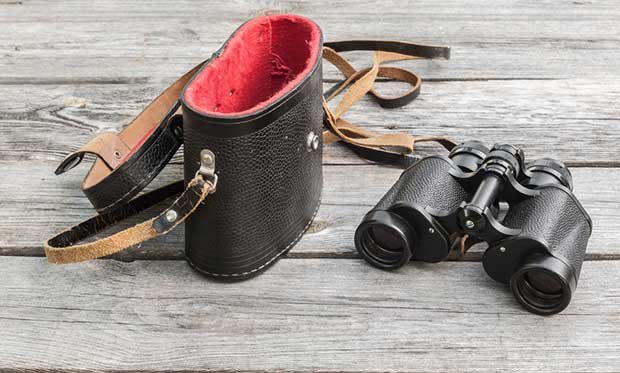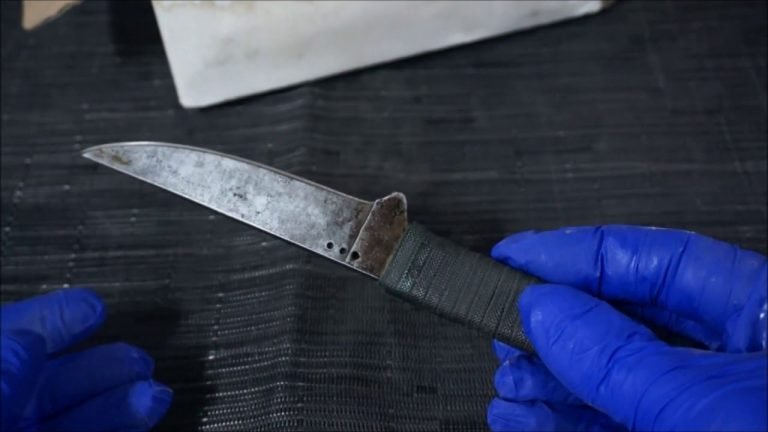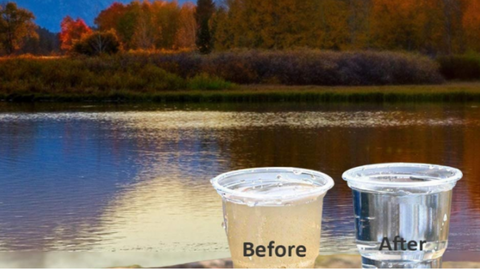Tips – How to Clean and protect Your Binoculars [2023 Update Step By Step Guide]
How to Clean and protect Your Binoculars [2023 Update Step By Step Guide] >>>>> Are you an avid bird watcher or other nature enthusiast? If so, then caring for your binoculars is key to maximum performance of your equipment.
A good binocular will cost you about $250 and above. Spending that much money you would also want to make sure that these binoculars have a long life and remain truthful to the use they are put to. That means that you will need to take good care of the binoculars.
In this blog post, we’ll provide a step by step guide on how to clean and protect your binoculars in 2023.
We’ll discuss which parts need special attention when it comes to maintenance, plus little-known tips from expert photographers on keeping them safe from dust and debris.
So read on if you want clear views of birds or whatever you find fascinating out there with crystal clarity!

How Often Should You Clean Your Binoculars?
It’s important to regularly clean the optics so as to protect the expensive lenses as well as the body.
Cleaning your optics should be done at least once a month, but ideally more often. Your environment dictates how frequently you need to clean your binoculars – if you spend time outdoors in humid areas or near the ocean then you may wish to clean them even more frequently than monthly.
It’s best to start cleaning with the lenses facing away from you, that way any debris or dirt won’t get into the lens or onto your cloth during the cleaning process.
What You Will Need to Clean Your Binoculars?
To clean your binoculars, you will need the following items:
- A lens cleaning solution specifically designed for binoculars or camera lenses
- A microfiber cloth
- A lens brush
- A blower brush
How to Clean Your Binoculars ?
The manufactures guide is the best place to know how to go about the cleaning process. However, there are some general things that can be done. You need to be tender and careful while doing the cleaning.
Exterior
Lightly wipe the focus wheels, barrels, eyepiece rims together with other exterior parts as you avoid touching the lenses. The use of a can of compressed air to blow debris and dust is to be used in moderation since too much can cause the formation of moisture that’s damaging.
Interior
The interior of the binoculars need more attention. Brush the dirt and dust lightly from the lens using a lens brush or by the use of a clean soft paintbrush. Hold the device upside down to make the particles fall down as you use tiny puffs from compressed air cans to blow off dust. Rinse the lenses in a gentle stream of water to remove dirt.
Soak any remaining dust gently using a wet cotton swab being careful not to press or rub the swab. Do not use glass cleaners to wet the swabs but only use optic cleaning solution or water. The wrong type of cleaners may damage the lens coatings. Use a lens cleaning pen to wipe the lenses in a circular motion as you remove any smudges, finger prints as well as any stubborn dirt. In case the dirt persists, gently change the direction of scrubbing. Cleaning is not the only maintenance factor. There is need for more than just this. They include:
Maintenance Kit
It is essential to keep a binocular maintenance kit at home. You don’t really need to purchase one since it’s easy to prepare one just for yourself. Just get a plastic bag and equip it with a soft and clean cloth or disposable lens tissues. These are meant to keep the binocular from dust and grime. Adding a cleaning solution in the maintenance kit will also aid in cleaning the lenses of the binoculars. You can also add a pair of tweezers to help you get rid of those small particles that get in the lens ridges and if left can cause scratches.
Binocular Strap
It’s important to handle the device with lots of care. The use of s sturdy binocular strap will facilitate for this. If you bought your device with one, then take good care of it and replace it with a new one whenever it shows signs of breaking. The strap carries the entire weight of the binoculars and if it snaps, the safety of the device may be in jeopardy.
Binocular Cases
Several types of cases are available for you to choose from. These can easily found in the market as they are readily available for anyone. The cases protect the device in the event that it accidentally falls down. It also protects against dust, debris together with other foreign particles and elements.
Lenses
Lenses are essentially the eyes of the binoculars and without them, these devices are useless. This is one vital reason why there is need for utmost care when it comes to the handling of the lenses. Let the lenses be as far as possible from direct sunlight as this could cause damages to them. Use a soft cloth in cleaning the lenses so as to free them from dust and debris. Foreign materials can lead to scratches on the lenses.
Handle With Care
Be careful not to bang your waterproof and fog proof binoculars. This is because excessive banging together with heavy dropping will cause the argon and/nitrogen barrels to find their way out hence making the waterproof and fog proof feature void and functionless.
Even though they are waterproof, do not just leave them dump and moist. Ensure that the binoculars are cleaned and well dried before keeping them. Use a soft cloth to wipe all the water thoroughly until dry. Also, avoid storing the binoculars in excessively cold or hot vehicles or cubicles. Too much heat may lead the barrels to swell hence making either one or even several of the objective lenses to pop out. Excessive environments can also lead to water build up inside the device. Leaving the device on the dashboard is equally risky as the temperatures here are always highly magnified.
The rubber coated binoculars or rather the armor is important in shock absorption that’s generated in case of low impact banging. Though this rubber will not protect your device in the event of heavy banging, all the same it’s important and must be replaced when necessary.







